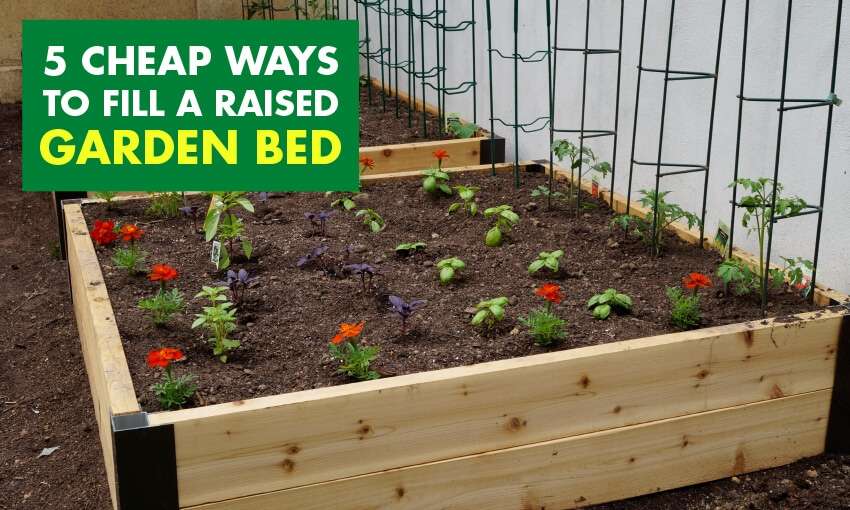In this article, we will discuss some affordable techniques for filling a raised bed. If you’re interested in off-grid living or gardening, this topic will be especially useful for you. We will explore different ways to fill a raised bed without breaking the bank. So if you’re looking to start a garden or simply want to learn more about cost-effective gardening methods, keep reading to discover some helpful tips and tricks.
Affordable Techniques for Filling a Raised Bed
Raised beds are a popular choice for gardeners, providing numerous benefits such as improved drainage, better soil quality, and easier access to plants. However, filling a raised bed can be a daunting task, especially if you’re on a budget. Fortunately, there are several affordable techniques you can utilize to fill your raised bed without breaking the bank. In this article, we will explore various inexpensive options for filling a raised bed, allowing you to create a thriving garden without emptying your wallet.
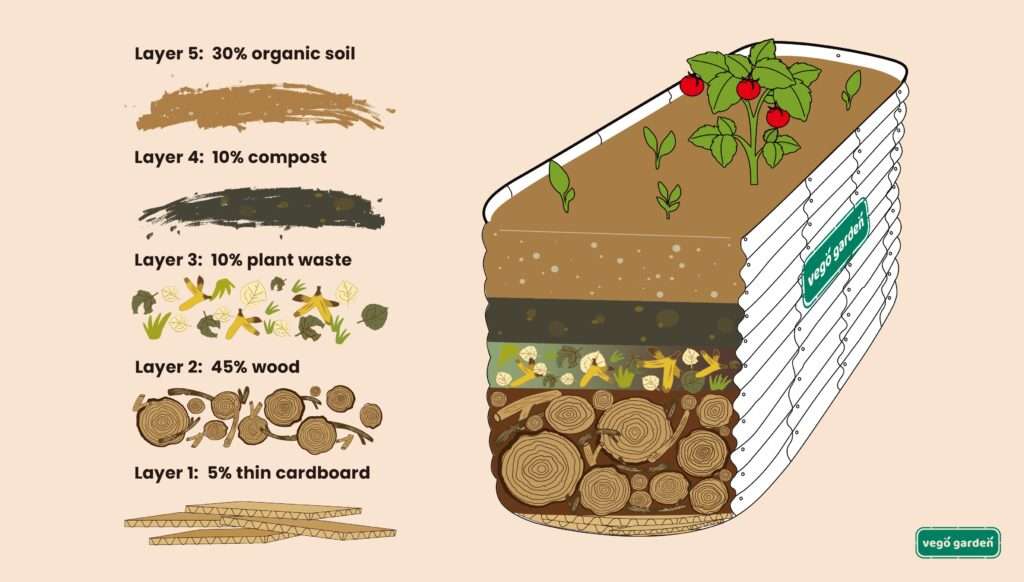
1. Importance of Filling a Raised Bed
Before we delve into affordable techniques for filling a raised bed, let’s understand why it is crucial to properly fill your raised bed. The filling serves several purposes, including providing adequate drainage, ensuring the right balance of nutrients, and creating a healthy environment for plant growth. By using the right filling materials, you can create an optimal growing environment for your plants, leading to better yields and healthier crops.
2. Utilizing Organic Materials
One of the most cost-effective options for filling a raised bed is to utilize organic materials readily available in your surroundings. Organic materials such as compost, yard waste, grass clippings, and kitchen scraps can be wonderful additions to your raised bed, providing essential nutrients, improving soil structure, and enhancing moisture retention.
3. Composting as a Cost-effective Option
Composting is not only eco-friendly but also an incredibly cost-effective technique for filling a raised bed. By composting kitchen scraps, yard waste, and other organic materials, you can create nutrient-rich compost that can be used as a soil amendment for your raised bed. Composting not only improves soil fertility but also reduces waste and promotes sustainability in your garden.
4. Utilizing Yard Waste
Rather than disposing of your yard waste, consider utilizing it to fill your raised bed. Fallen leaves, grass clippings, and small twigs can be collected and used as a natural filler material. These organic materials not only add bulk to your raised bed but also break down over time, enriching the soil with organic matter and nutrients.
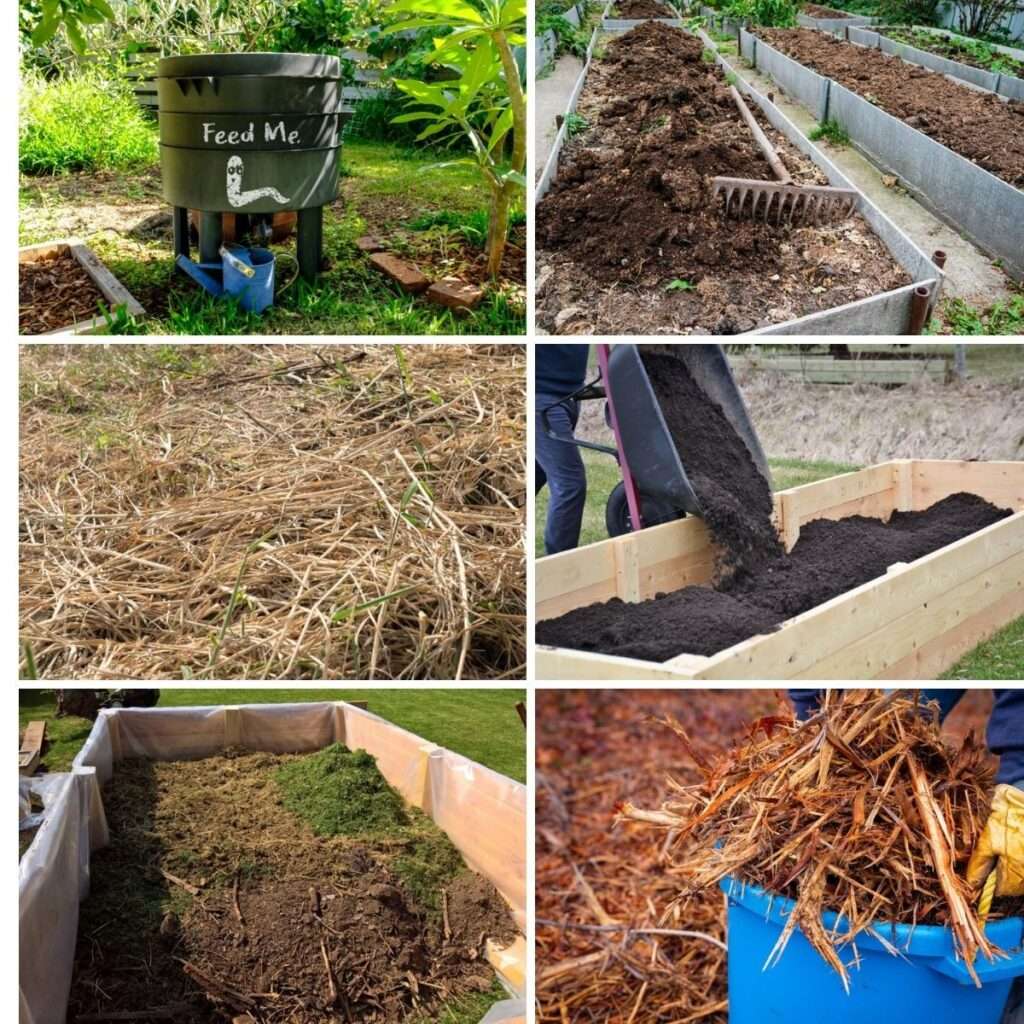
5. Leaf Mulch as an Affordable Choice
Leaf mulch is an affordable option for filling a raised bed, especially during the autumn season when leaves are abundant. Simply collect fallen leaves, shred them, and spread them evenly across your raised bed. Leaf mulch helps improve soil structure, retains moisture, and gradually decomposes to release nutrients into the soil.
6. Grass Clippings for Filling Raised Beds
If you have a lawn, grass clippings can serve as a cost-effective filler material for your raised bed. Instead of bagging and disposing of the grass clippings, use them to create a layer of organic matter in your raised bed. Grass clippings decompose relatively quickly, adding nutrients and improving the overall fertility of the soil.
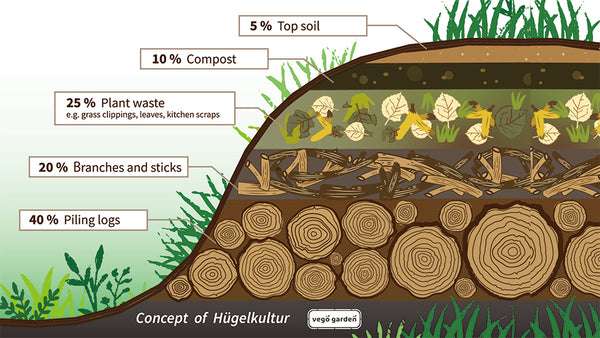
7. Utilizing Kitchen Scraps
Kitchen scraps, such as fruit and vegetable peels, coffee grounds, and eggshells, can be composted and used to fill your raised bed. These materials are readily available in most households and are a great way to reduce waste while providing essential nutrients to your plants. Collect these kitchen scraps in a compost bin or pile, and once they have decomposed, incorporate the compost into your raised bed.
8. Incorporating Manure
Another affordable option for filling a raised bed is to incorporate manure. Manure, whether from chickens, cows, or horses, is an excellent source of organic matter and essential nutrients. However, it is important to use well-aged or composted manure to avoid the potential risk of burning plants or introducing weed seeds. Combine the aged manure with other organic materials to create a nutrient-rich filling mixture for your raised bed.
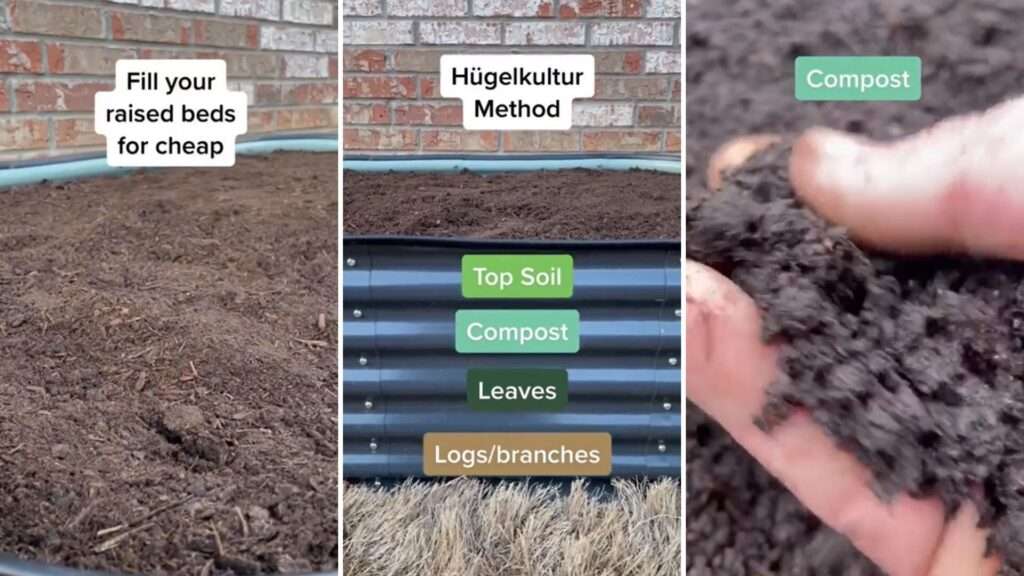
9. Recycling Cardboard and Newspaper
Cardboard and newspaper can serve as useful materials for filling a raised bed. By layering sheets of cardboard or newspapers at the bottom of your raised bed, you can suppress weeds, improve moisture retention, and provide a barrier between the soil and the underlying ground. This technique is particularly effective for converting lawn areas into raised beds without the need for expensive soil amendments.
10. Vermicomposting for Affordable Filling
Vermicomposting, or worm composting, is an affordable and efficient method of producing nutrient-rich compost for your raised bed. Red worms, such as Eisenia fetida, break down kitchen scraps and other organic materials into valuable vermicompost. This rich compost can then be used to fill your raised bed, providing a continuous source of nutrients for your plants.
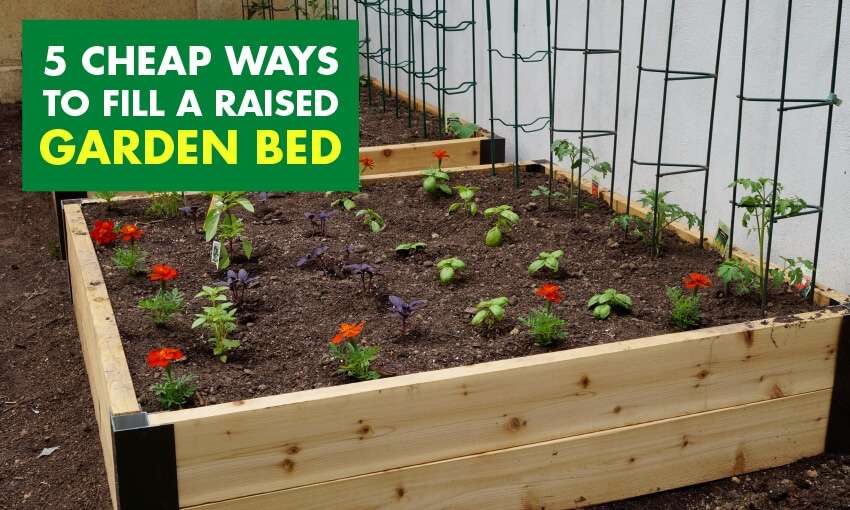
11. Utilizing Wood Chips
Wood chips, particularly those from deciduous trees, can be utilized as a filler material for your raised bed. Wood chips help retain moisture, prevent weed growth, and slowly break down over time, enriching the soil with organic matter. However, it is important to avoid using fresh wood chips, as they can temporarily deplete nitrogen from the soil during decomposition.
12. Exploring Free Municipal Compost
Many municipalities offer free or discounted compost to residents, making it an affordable option for filling a raised bed. Contact your local government or waste management department to inquire about any available programs or facilities that provide compost. Utilizing free municipal compost not only helps you fill your raised bed inexpensively but also contributes to the recycling and reuse of organic waste in your community.
13. Utilizing Cover Crops
Consider utilizing cover crops to fill your raised bed and improve soil health. Cover crops, such as clover, winter rye, or buckwheat, can be sown in the fall or spring and subsequently tilled into the soil to enrich its fertility. Cover crops suppress weeds, improve soil structure, and add organic matter, making them a sustainable and cost-effective option for filling your raised bed.
14. Conclusion
Filling a raised bed doesn’t have to be a costly endeavor. By utilizing these affordable techniques, such as organic materials, composting, yard waste, and cover crops, you can create a thriving garden without breaking the bank. Experiment with different methods, combine various materials, and observe how your plants respond to different fillers. With a little creativity and resourcefulness, you can establish a productive raised bed garden that not only saves you money but also contributes to a more sustainable and environmentally friendly lifestyle. Happy gardening!

